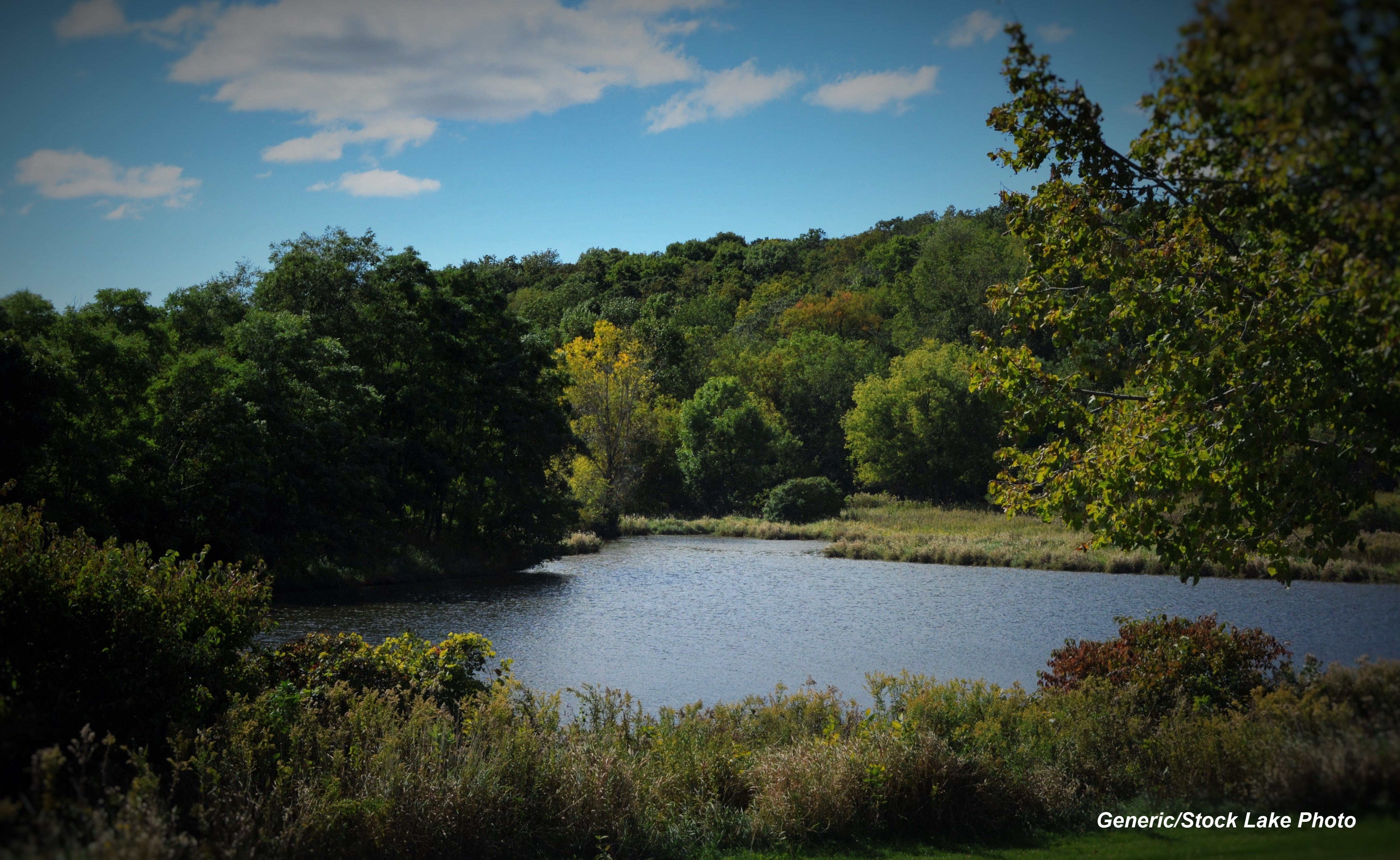
51.08 Acres
Deep Seepage
2024
Excellent
Mercury Contaminated Fish Tissue
Mercury
Oneida
No
No
Yes
Fish and Aquatic Life
Overview
Mcgrath Lake, in the Upper Tomahawk River Watershed, is a 51.08 acre lake that falls in Oneida County. This lake is managed for fishing and swimming and is currently considered impaired.
Date 2011
Author Aquatic Biologist
Historical Description
Source: 1966, Surface Water Resources of Oneida County McGrath Lake, T38N, R7E, Section 8
A very soft water seepage lake having slightly acid, clear water of high transparency. Sand is the predominant littoral material (55 percent) with muck (20 percent), gravel (15 percent) and boulders present. Shoreline is predominantly upland (95 percent) with a bog and shrub wetland adjoining a limited portion of the lake basin. Largemouth bass and panfish are fish species inhabiting this lake. Public access with parking is available. An organizational camp is located on the lakeshore.
Surface Acres = 53, S.D.F. = 1.76, Maximum Depth = 24 feet
Date 1966
Author Surface Water Inventory Of Wisconsin
Condition
Wisconsin has over 84,000 miles of streams, 15,000 lakes and milllions of acres of wetlands. Assessing the condition of this vast amount of water is challenging. The state's water monitoring program uses a media-based, cross-program approach to analyze water condition. An updated monitoring strategy (2015-2020) is now available. Compliance with Clean Water Act fishable, swimmable standards are located in the Executive Summary of Water Condition in 2018. See also the 'monitoring and projects' tab.
Reports
Management Goals
Wisconsin's Water Quality Standards provide qualitative and quantitative goals for waters that are protective of Fishable, Swimmable conditions [Learn more]. Waters that do not meet water quality standards are considered impaired and restoration actions are planned and carried out until the water is once again fishable and swimmable
Management goals can include creation or implementation of a Total Maximum Daily Load analysis, a Nine Key Element Plan, or other restoration work, education and outreach and more. If specific recommendations exist for this water, they will be displayed below online.
Monitoring
Monitoring the condition of a river, stream, or lake includes gathering physical, chemical, biological, and habitat data. Comprehensive studies often gather all these parameters in great detail, while lighter assessment events will involve sampling physical, chemical and biological data such as macroinvertebrates. Aquatic macroinvertebrates and fish communities integrate watershed or catchment condition, providing great insight into overall ecosystem health. Chemical and habitat parameters tell researchers more about human induced problems including contaminated runoff, point source dischargers, or habitat issues that foster or limit the potential of aquatic communities to thrive in a given area. Wisconsin's Water Monitoring Strategy was recenty updated.
Grants and Management Projects
| Project Name (Click for Details) | Year Started |
|---|
|
|
Monitoring Projects
| WBIC | Official Waterbody Name | Station ID | Station Name | Earliest Fieldwork Date | Latest Fieldwork Date | View Station | View Data |
|---|
| 1003900 | McGrath Lake | 443482 | Mcgrath Lake - Deep Hole | 10/18/1999 | 10/3/2016 | Map | Data |
| 1003900 | McGrath Lake | 10001445 | McGrath Lake | 7/27/1999 | 7/26/2018 | Map | Data |
| 1003900 | McGrath Lake | 10018875 | McGrath Lake -- Access | 7/24/2011 | 8/10/2024 | Map | Data |
|

Watershed Characteristics
McGrath Lake is located in the Upper Tomahawk River watershed which is 186.83 mi². Land use in the watershed is primarily forest (67%), wetland (16%) and a mix of open (14%) and other uses (3.10%). This watershed has 139.00 stream miles, 17,609.90 lake acres and 20,470.21 wetland acres.
Nonpoint Source Characteristics
This watershed is ranked High for runoff impacts on streams, High for runoff impacts on lakes and Low for runoff impacts on groundwater and therefore has an overall rank of Low. This value can be used in ranking the watershed or individual waterbodies for grant funding under state and county programs.However, all waters are affected by diffuse pollutant sources regardless of initial water quality. Applications for specific runoff projects under state or county grant programs may be pursued. For more information, go to surface water program grants.
Mcgrath Lake is considered a Deep Seepage under the state's Natural Community Determinations.
Natural communities (stream and lake natural communities) represent model results and DNR staff valiation processes that confirm or update predicted conditions based on flow and temperature modeling from historic and current landscape features and related variables. Predicated flow and temperatures for waters are associated predicated fish assemblages (communities). Biologists evaluate the model results against current survey data to determine if the modeled results are corect and whether biological indicators show water quaity degradation. This analysis is a core component of the state's resource management framework. Wisconsin's Riverine Natural Communities.
Deep seepage lake describes the depth and hydrologic charactertistics of the lake. These variables affect the lakes response to watershed variables.